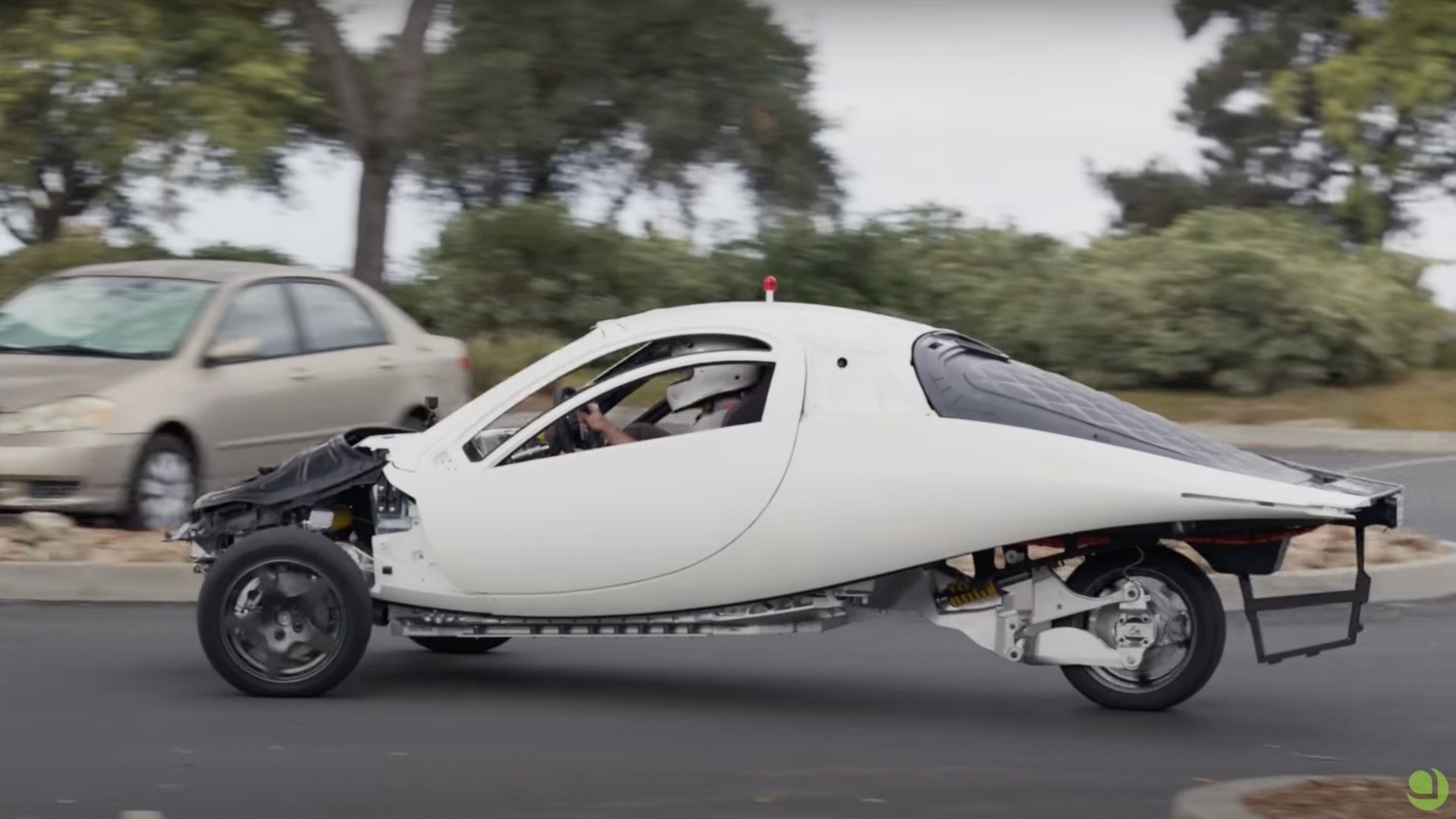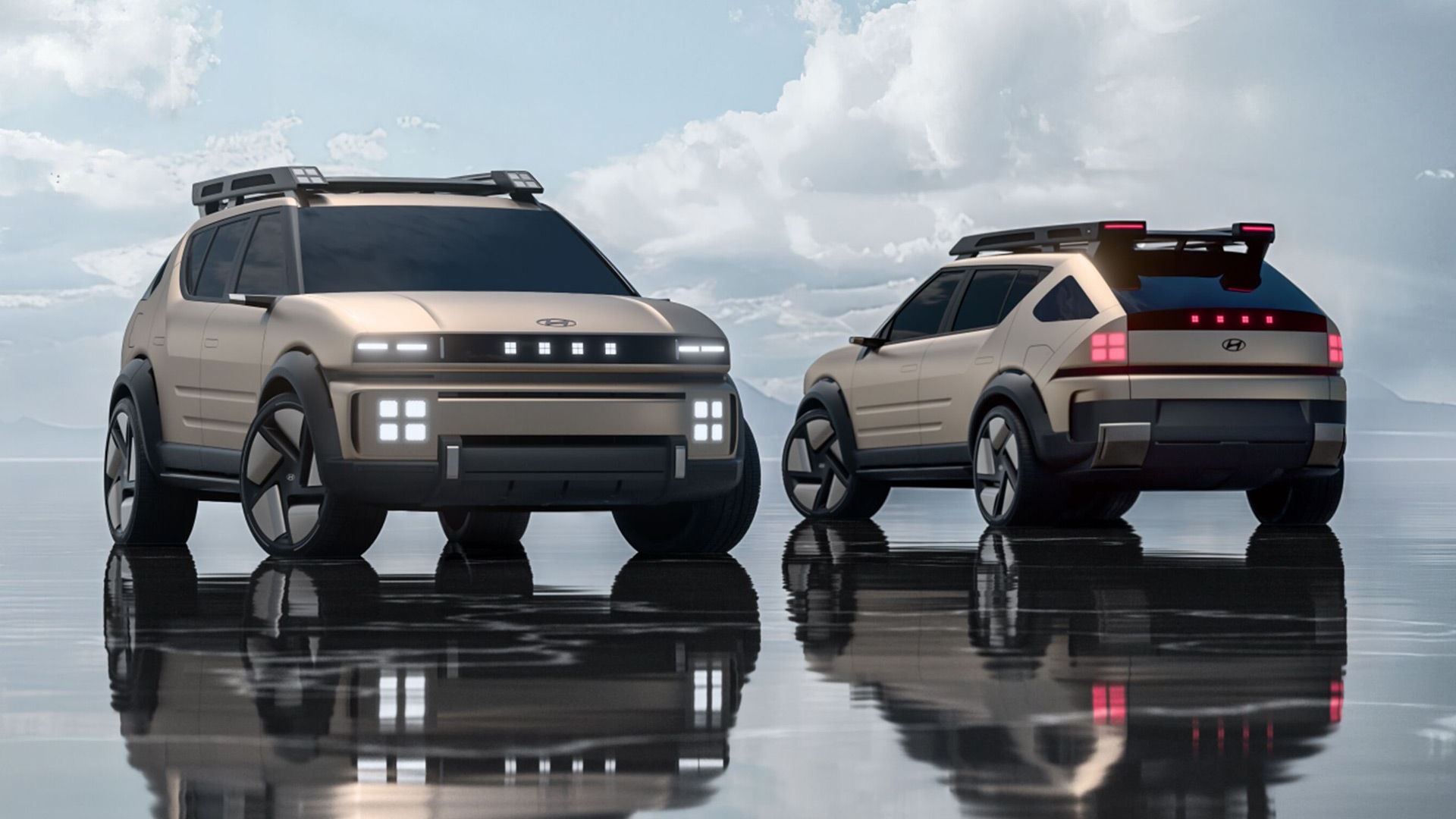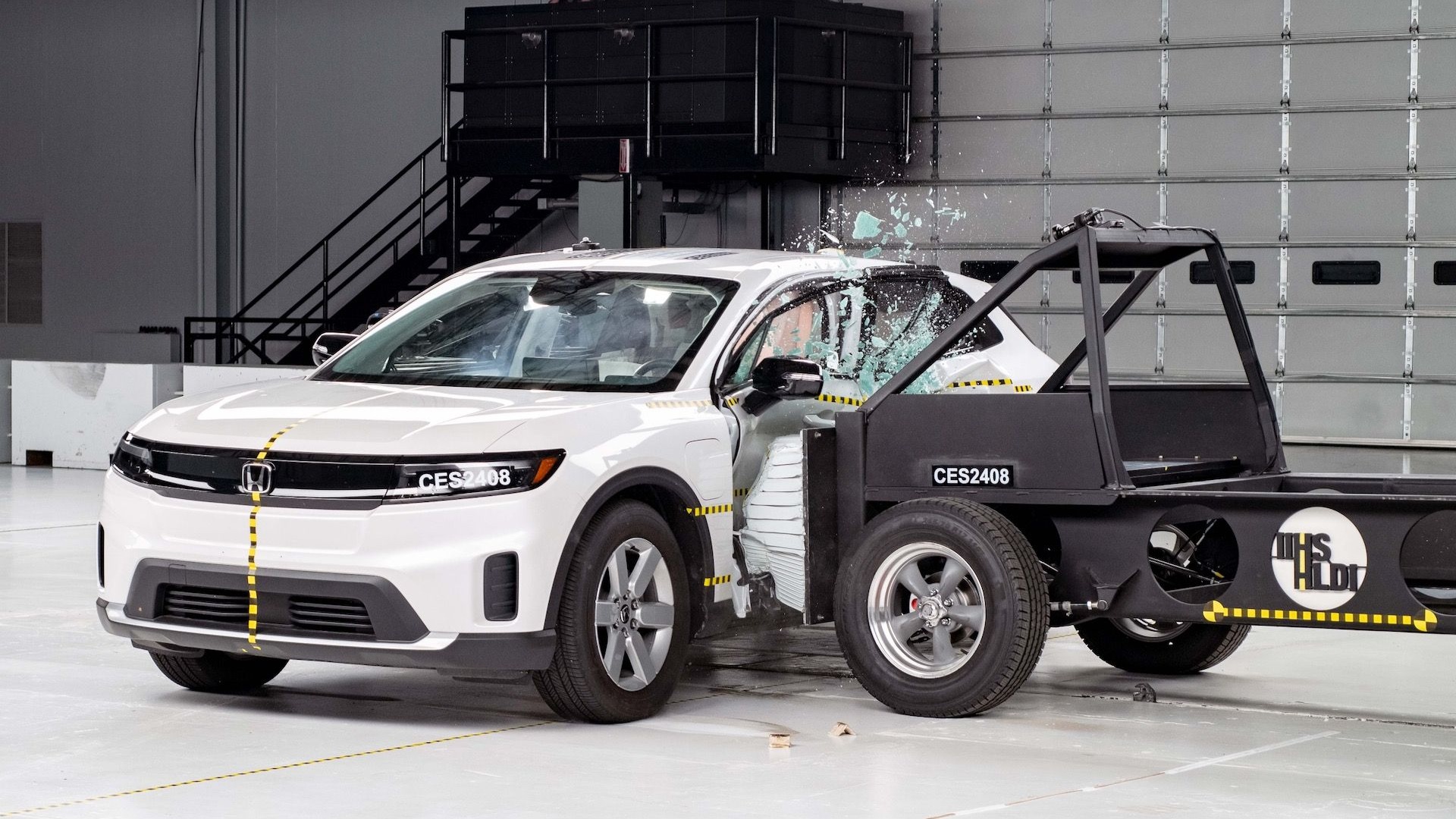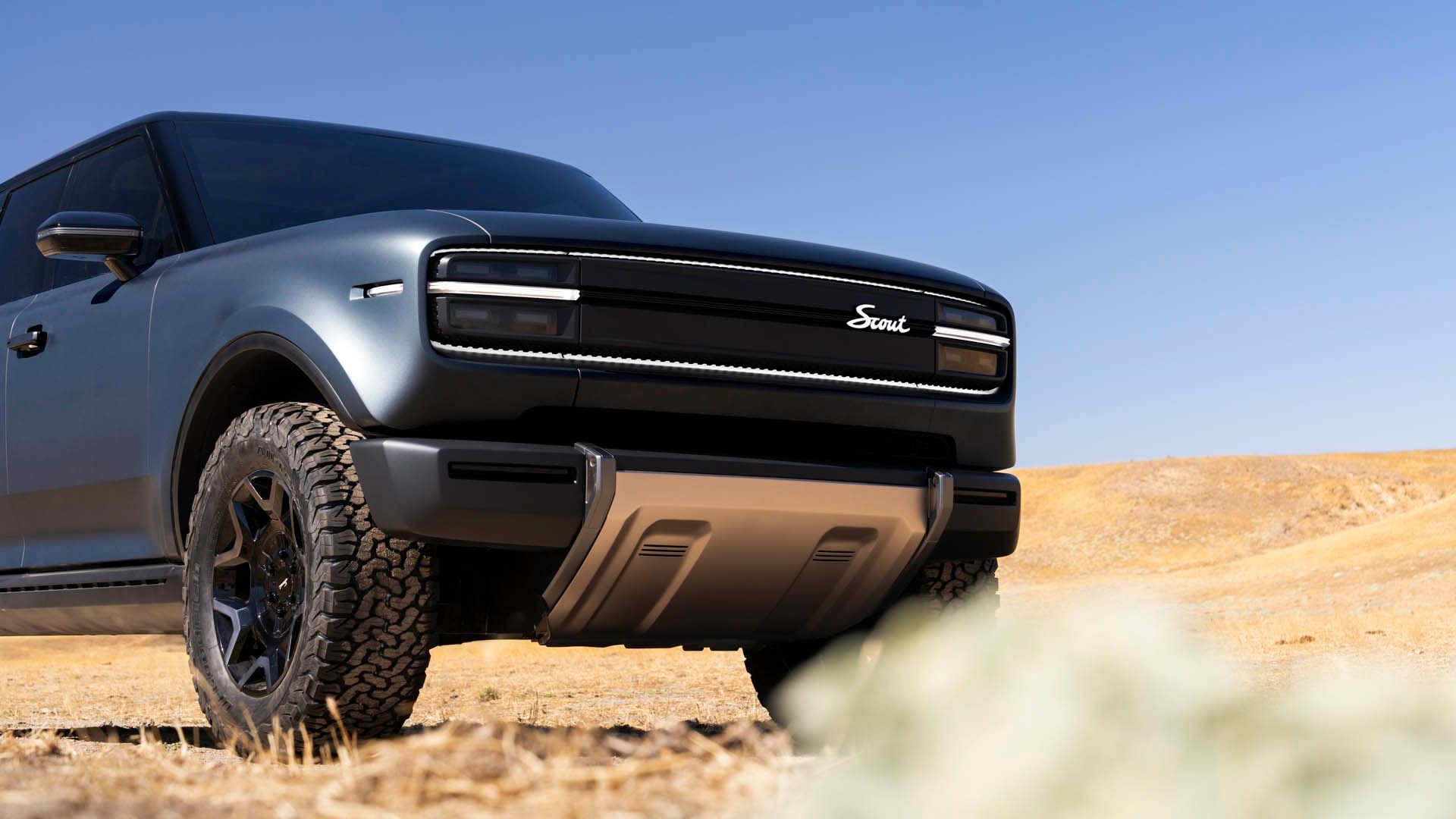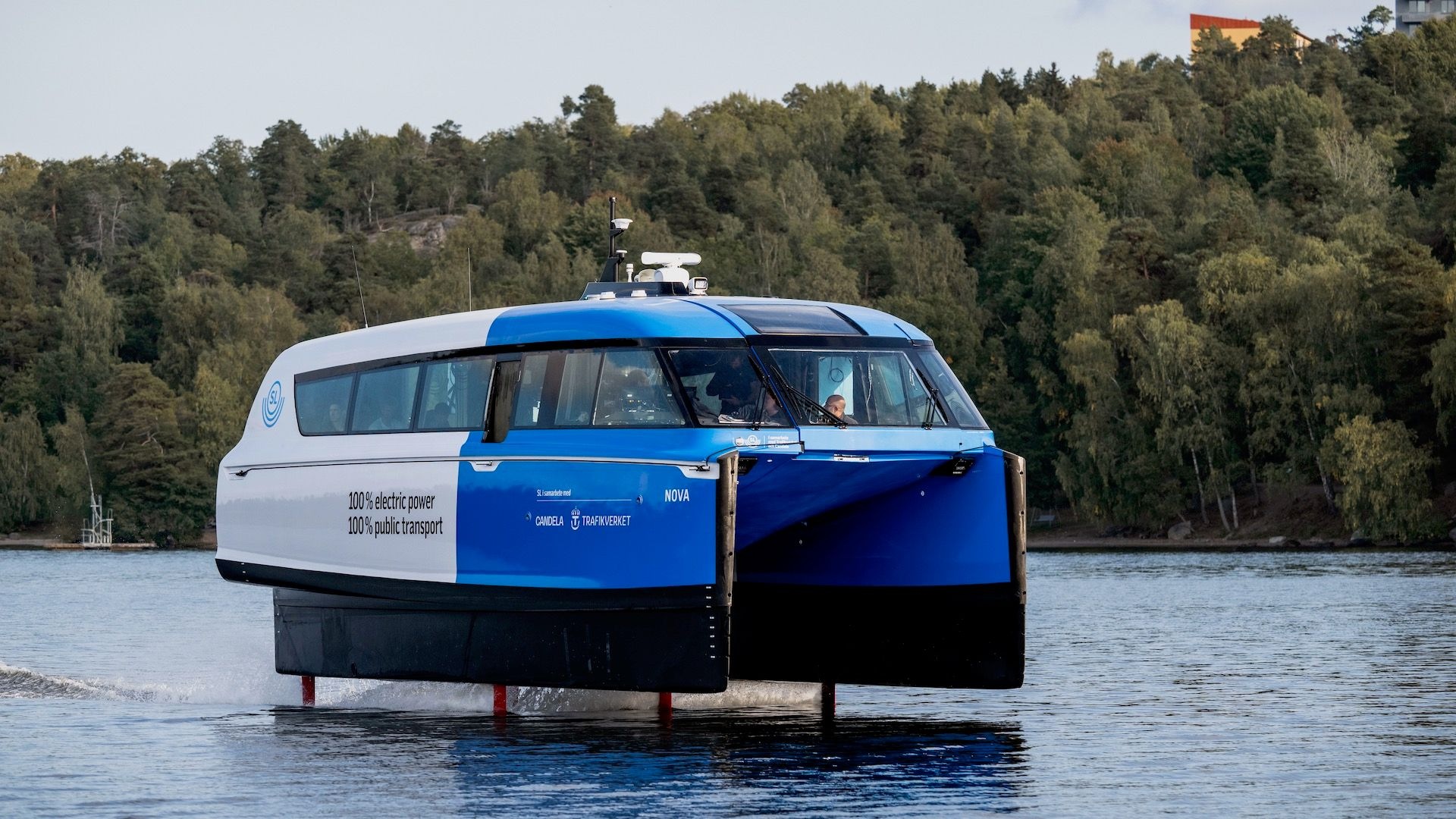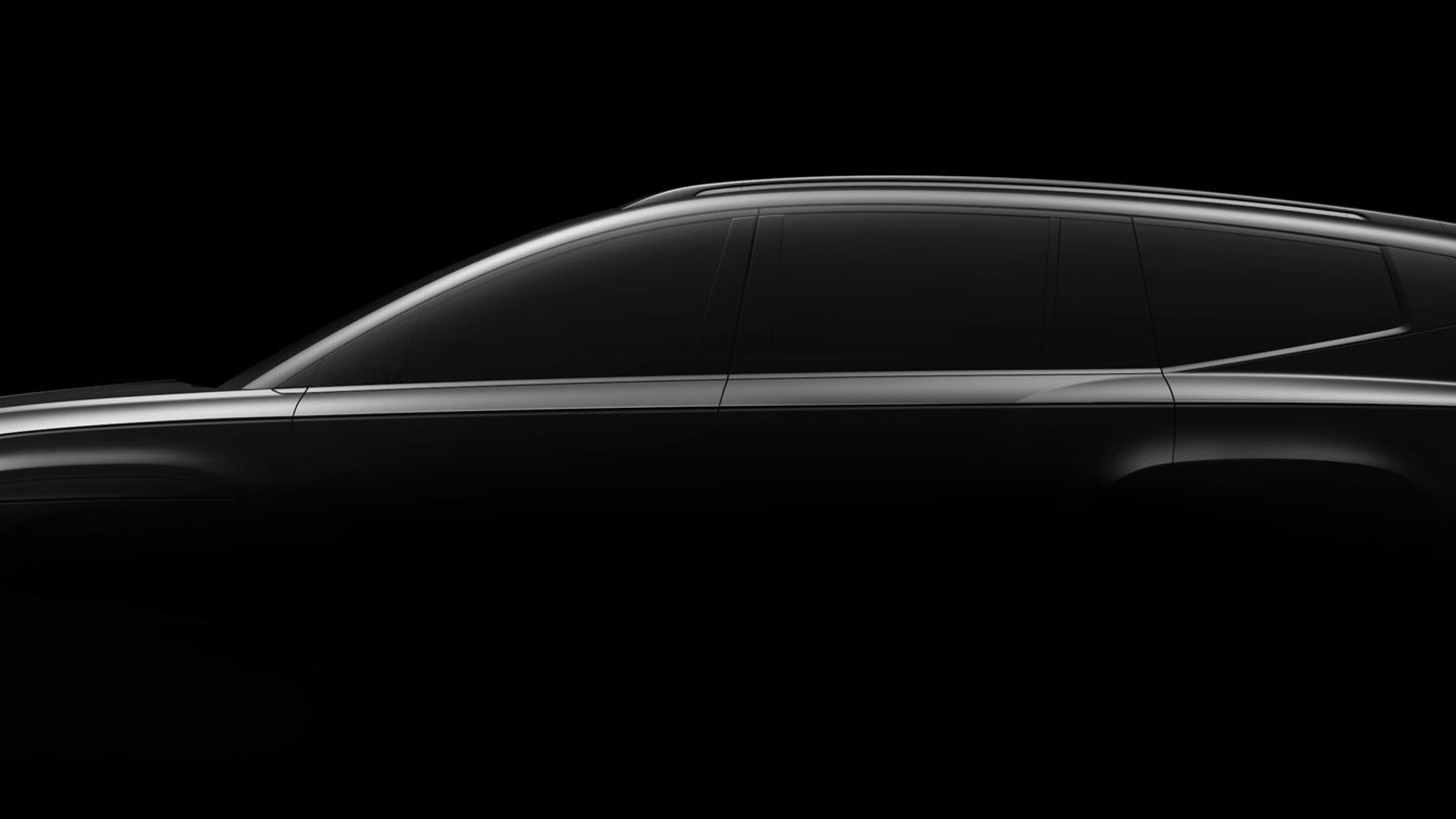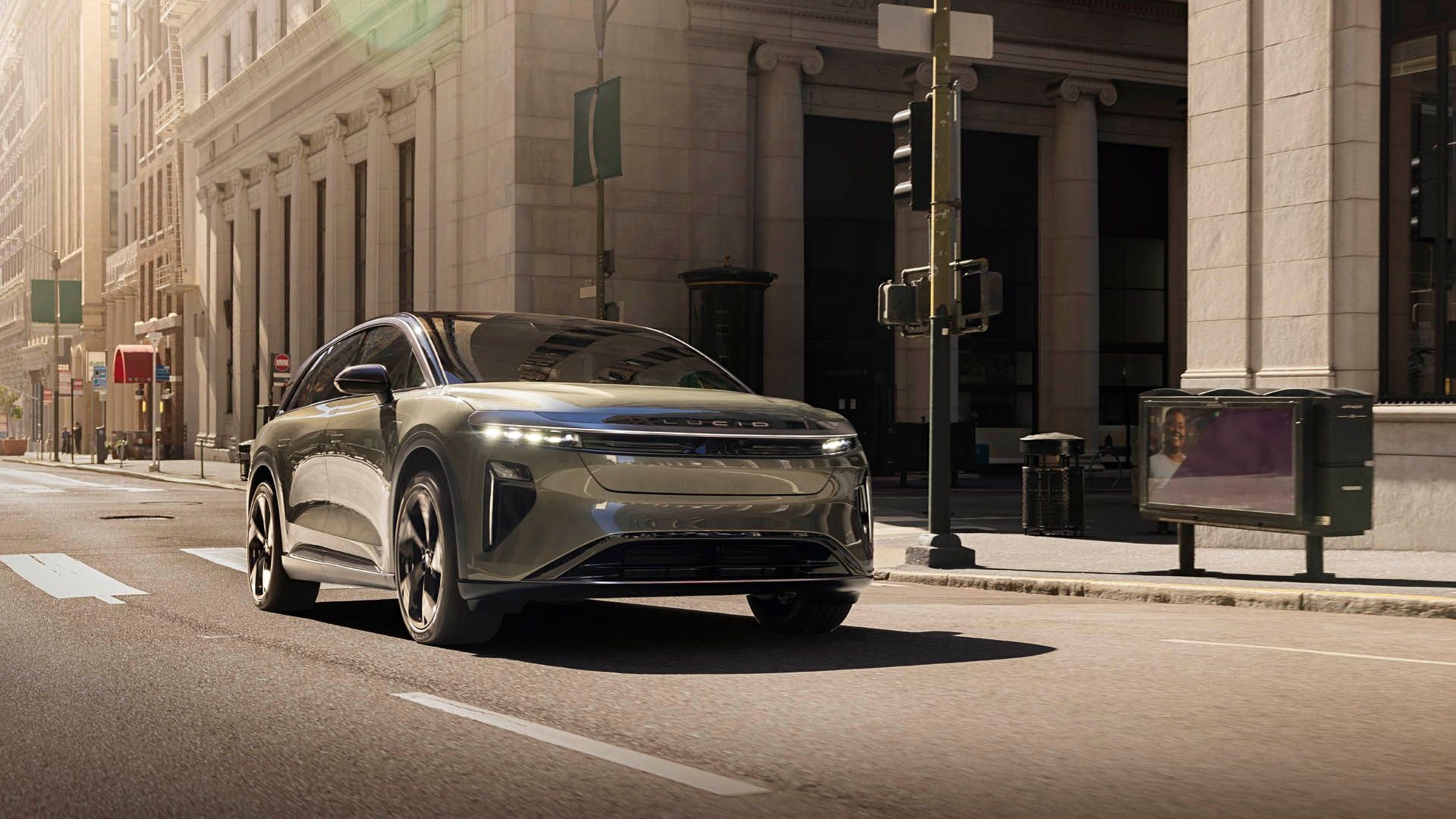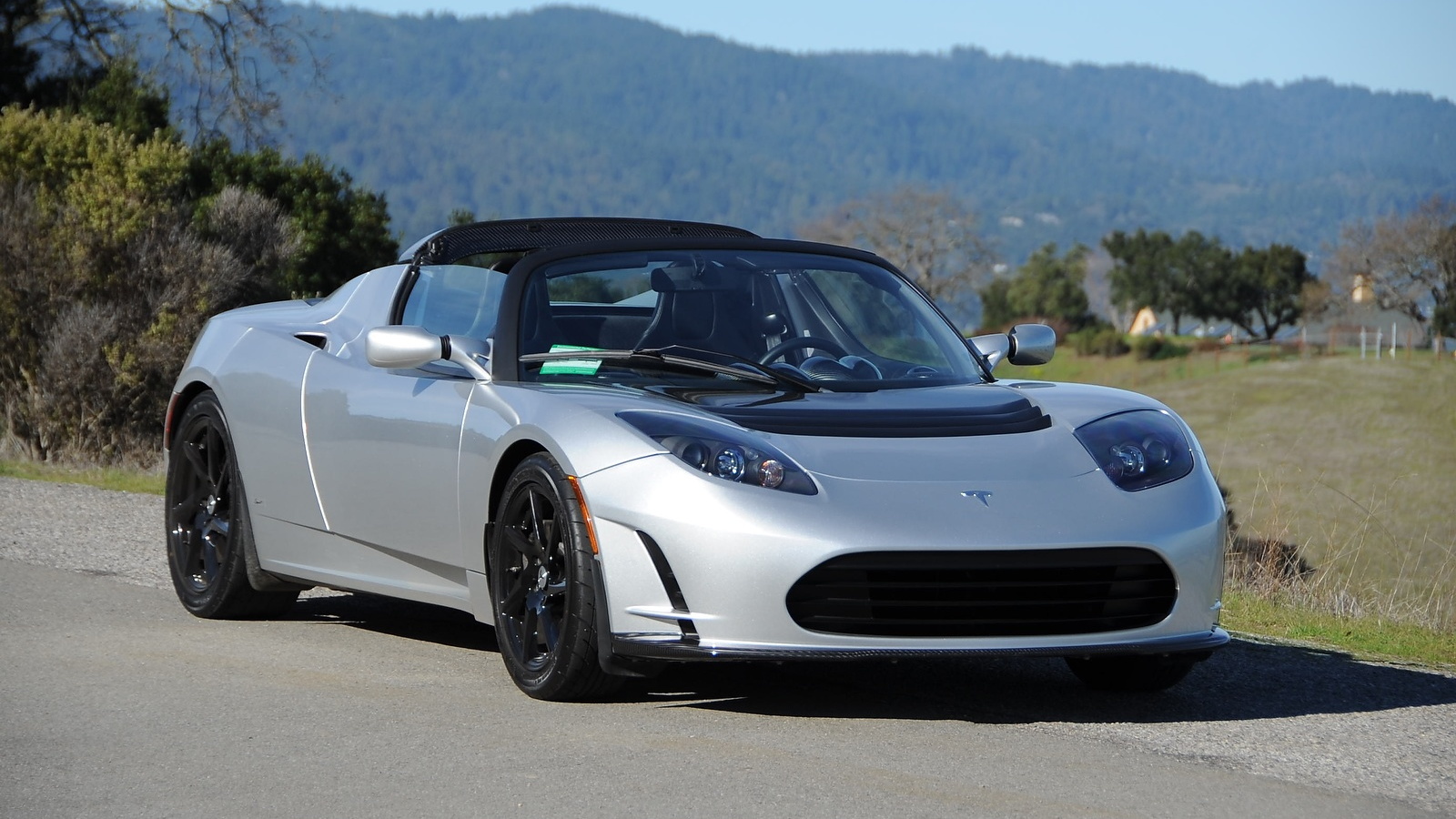A new study has found that EVs aren't being driven as much as internal-combustion cars, indicating they aren't replacing as many miles driven in combustion vehicles as previously thought.
Researchers from George Washington University and the National Renewable Energy Laboratory (NREL) examined odometer readings from 12.9 million used cars and 11.9 million used SUVs from 2016 to 2022. They found that EVs were driven almost 4,500 fewer miles annually than gasoline-powered vehicles.
A significant mileage gap was found for both cars and SUVs. The study found that electric cars were driven 7,165 miles annually, compared to 11,642 miles annually for gasoline cars. Electric SUVs were driven 10,587 miles annually while gasoline SUVs were driven 12,945 annually.
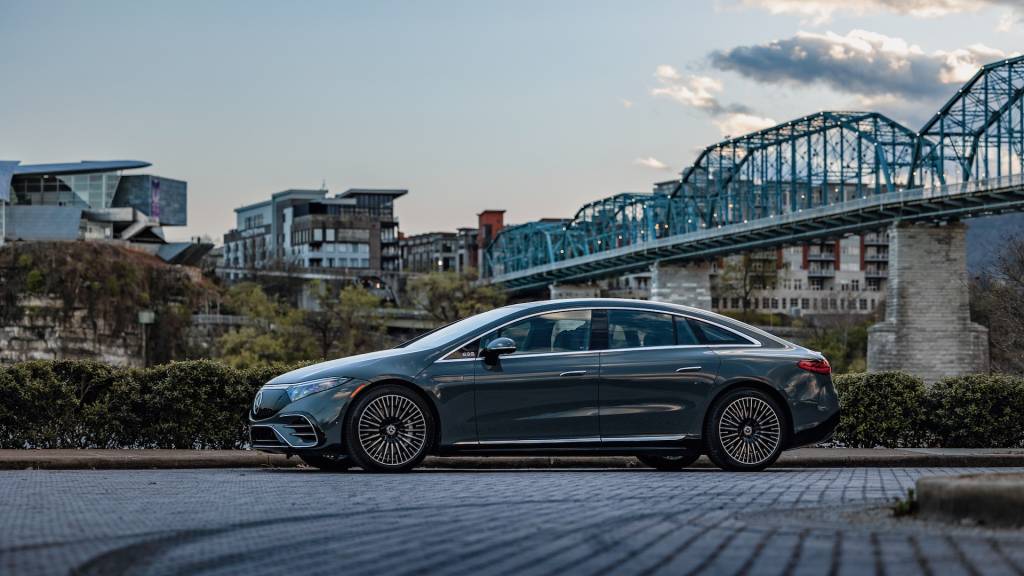
Mercedes-Benz EQS Manufaktur Signature Edition
EVs don't produce "tailpipe emissions," so they can result in a major emissions savings when driven instead of gasoline or diesel vehicles. But the study indicates that may not be happening.
"Our study shows that the current generation of EV owners aren't using them as much as gas cars," John Helveston, co-author of the study and a professor of engineering management and systems engineering at George Washington University, said in a statement.
It's a problem for a number of reasons—most notably because most models assume that EVs put into service will be covering about as many miles as equivalent gasoline models. Thus, EVs might not be producing the real-world emissions reduction that has been estimated, and resource-intensive EV battery packs aren't being used to their potential.
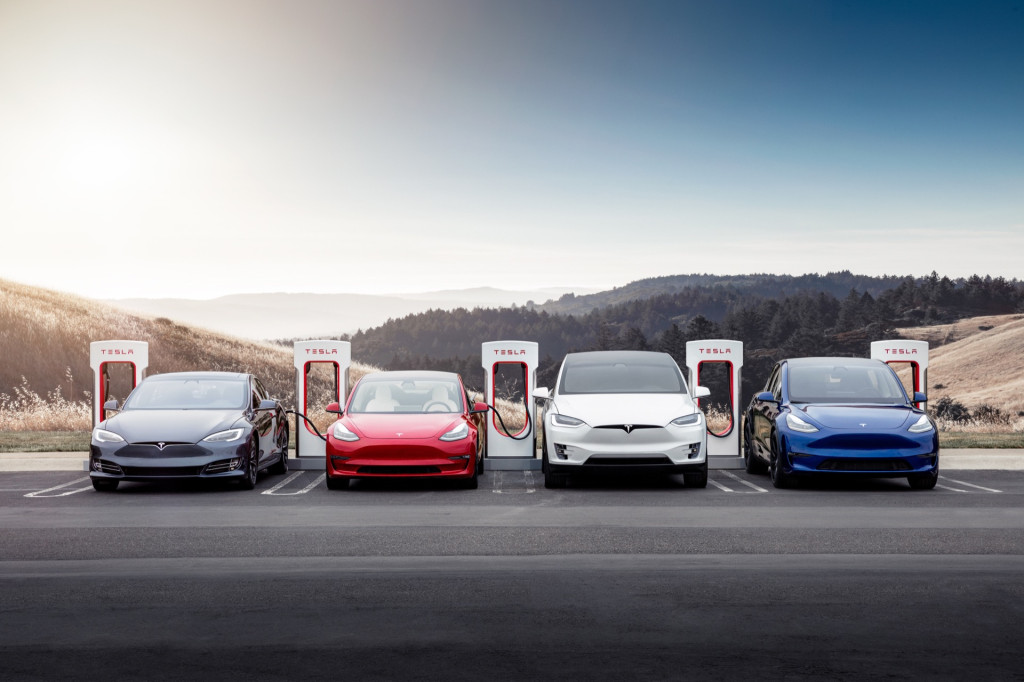
Tesla Supercharger
On the other hand, EVs may be creating a rift in which "superusers" choose gasoline models for ease of refueling, while those dedicated to the choice (or driving less) choose EVs. That idea has already been supported by other study results—including one suggesting that one in 10 drivers burn nearly a third of U.S. gasoline.
Washington State has already committed to studying these superusers and what it might take to get them to go electric. California has also considered refocusing EV incentives around lower-income gasoline superusers.
The George Washington University/NREL study also confirmed a trend that other studies have noted: Teslas cover more miles than other EVs. This could be a confirmation that some of the issue with EV miles is tied to the size or rated range of other models, and as more long-range EVs from other brands reach the market these dynamics could change.
